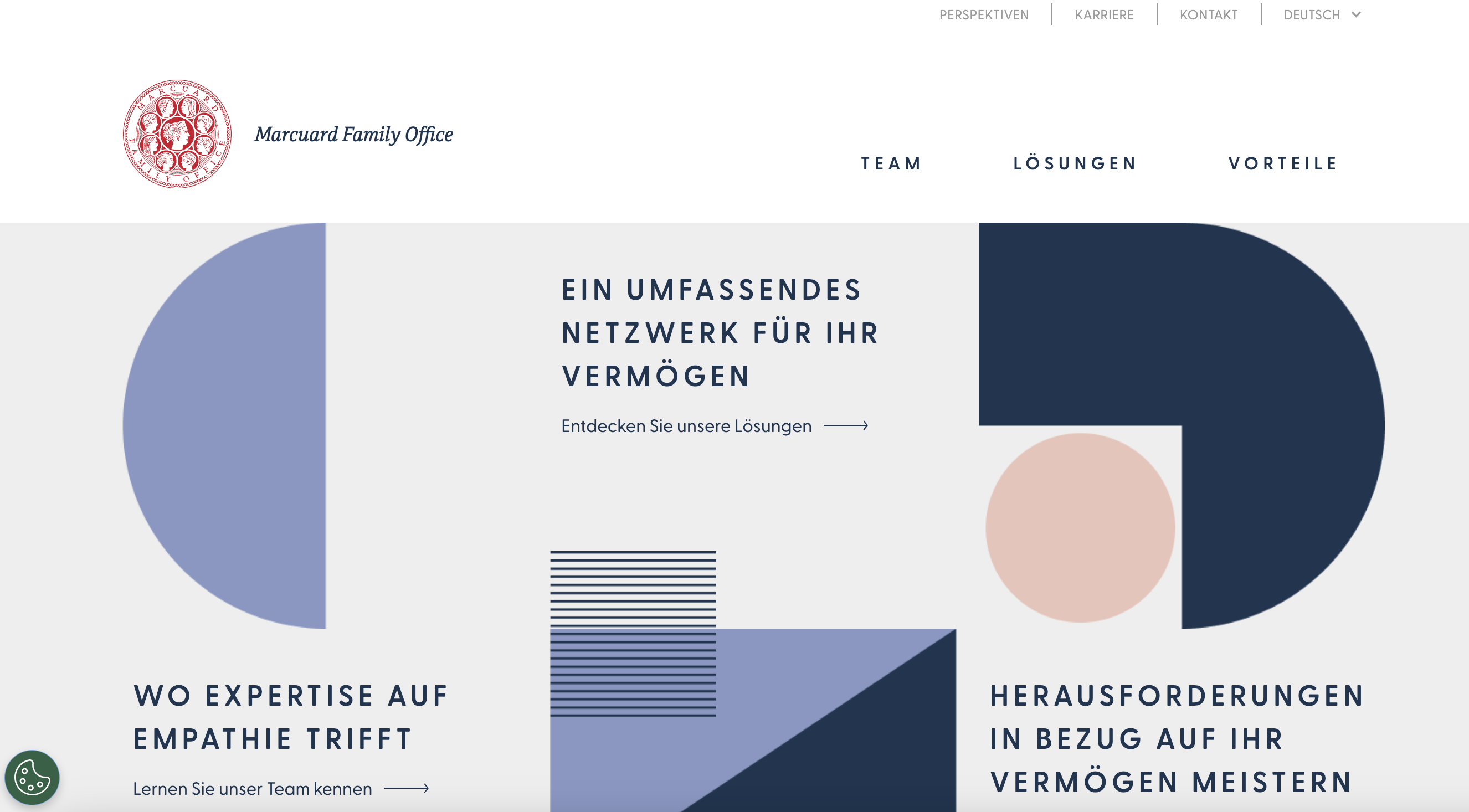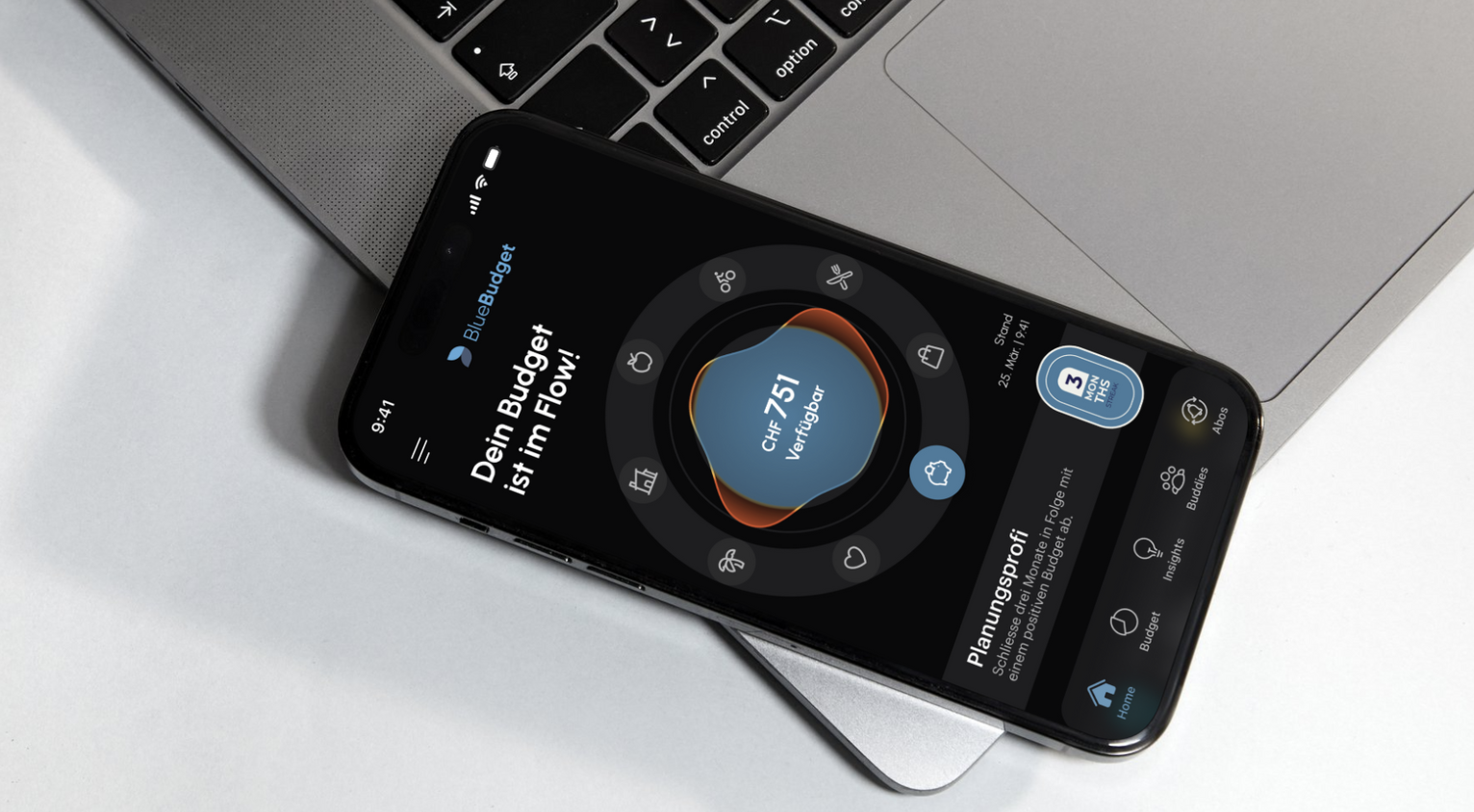API
Aug 6, 2025
API Design and Development - 5 of 10
Designing and developing an API is a complex process that requires careful planning and attention to detail. In this post, we'll explore the steps involved in the API design and development process, and the best practices for creating successful APIs.
- Requirements gathering: The first step in the API design process is to understand the goals and requirements of the API. This includes defining the target audience, identifying the data and functionality that will be provided by the API, and determining the security and performance requirements of the API.
- API design: Once the requirements are understood, the next step is to design the API, including defining the endpoint structure, the request methods that will be supported, and the data formats that will be used. It's also important to consider the API's error handling, security, and performance at this stage.
- API development: After the API is designed, the next step is to build the API. This involves implementing the API endpoints and handling requests and responses. It's important to thoroughly test the API and ensure that it meets the requirements defined in the design phase.
- API documentation: Once the API is built, it's important to provide clear and comprehensive documentation to help developers understand how to use the API. This includes providing information about the endpoints, request methods, data formats, and error handling.
By following a structured approach to API design and development, organizations can create APIs that are well-designed, scalable, and easy to use. By providing clear and comprehensive documentation, they can also make it easier for developers to integrate their systems with the API.
API series - structure
- Post 1: Introduction to API and API Gateway
- Post 2: What is an API?
- Post 3: Types of APIs
- Post 4: API Architecture
- Post 5: API Design and Development
- Post 6: API Security
- Post 7: API Management
- Post 8: What is an API Gateway?
- Post 9: Benefits of using an API Gateway
- Post 10: Choosing the Right API Gateway for your Business
- Bonus Post: Good Examples of Existing APIs


